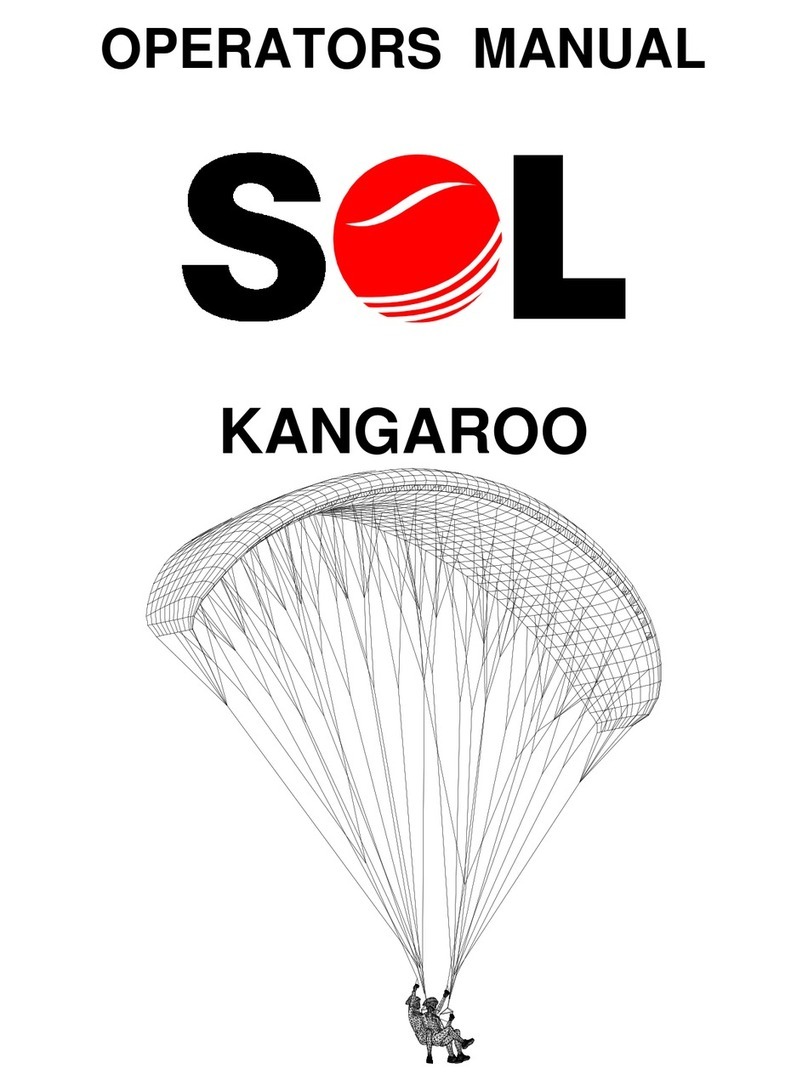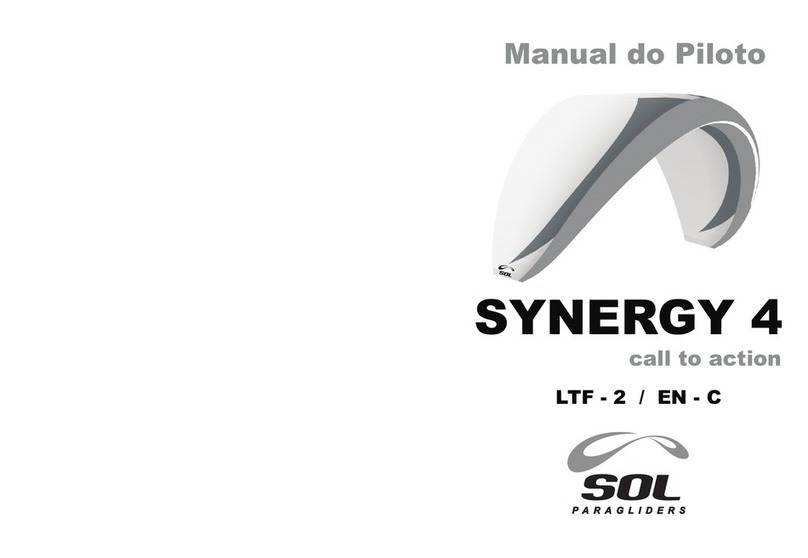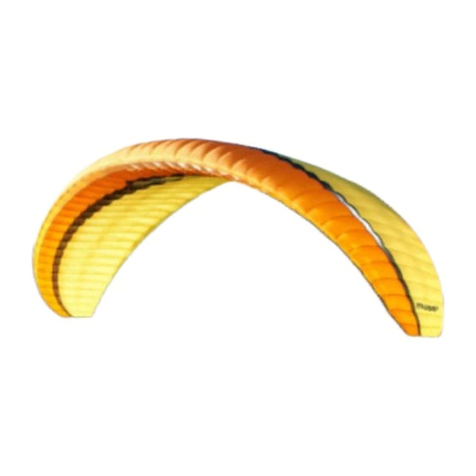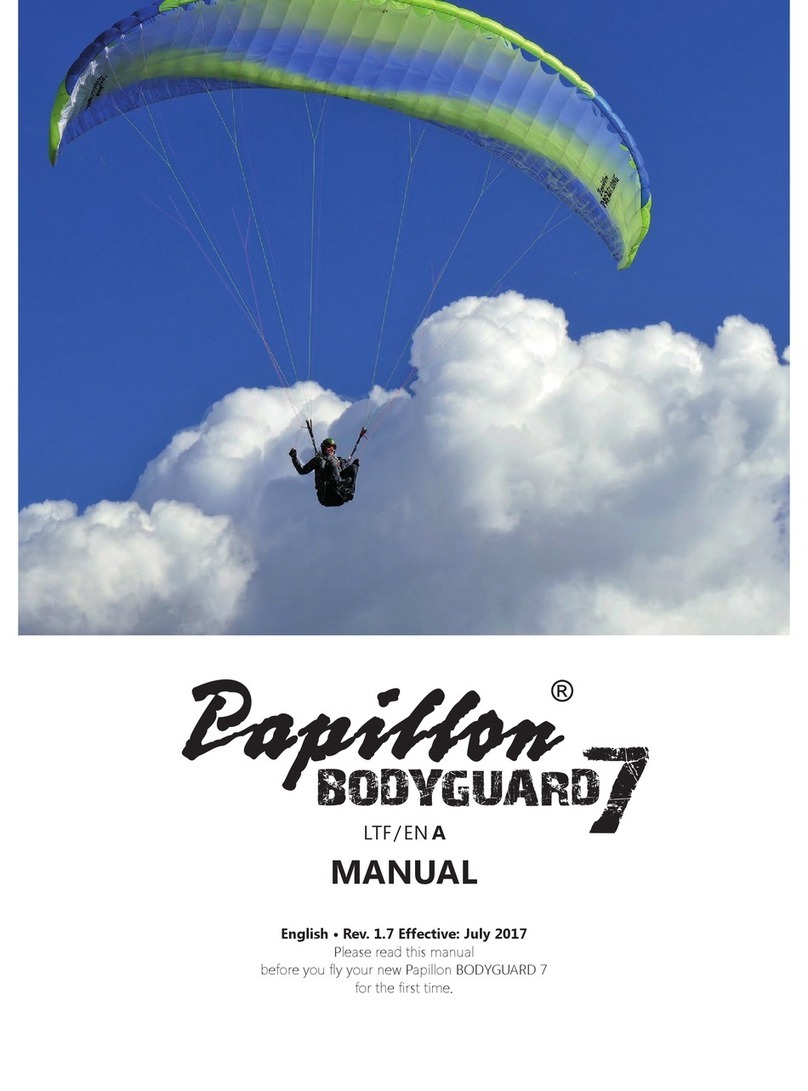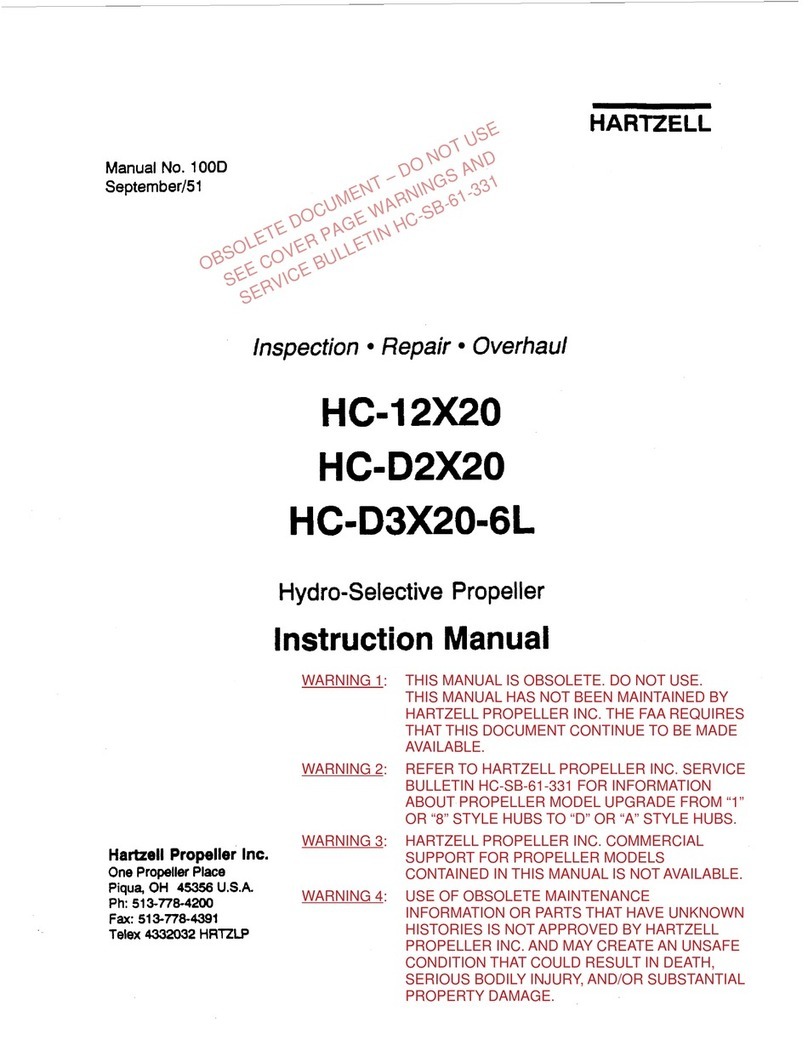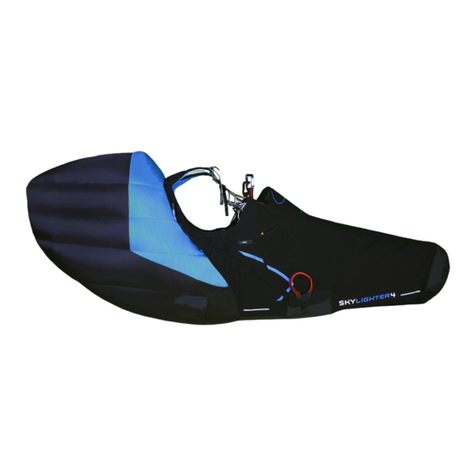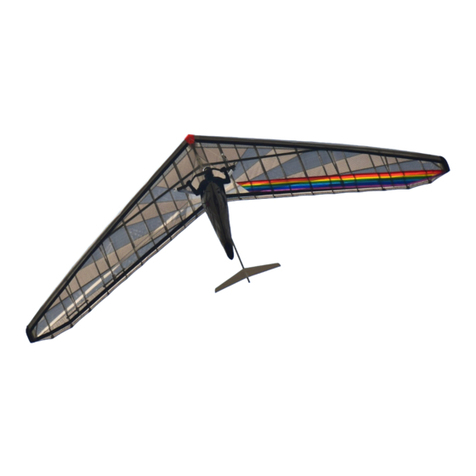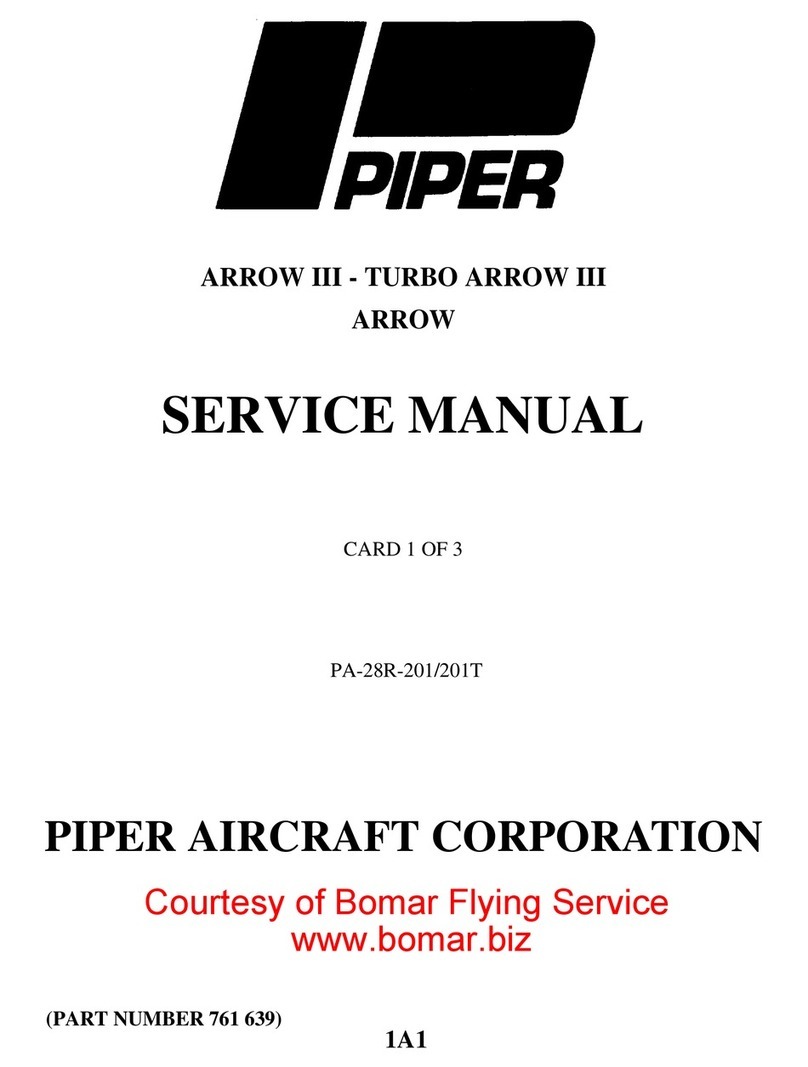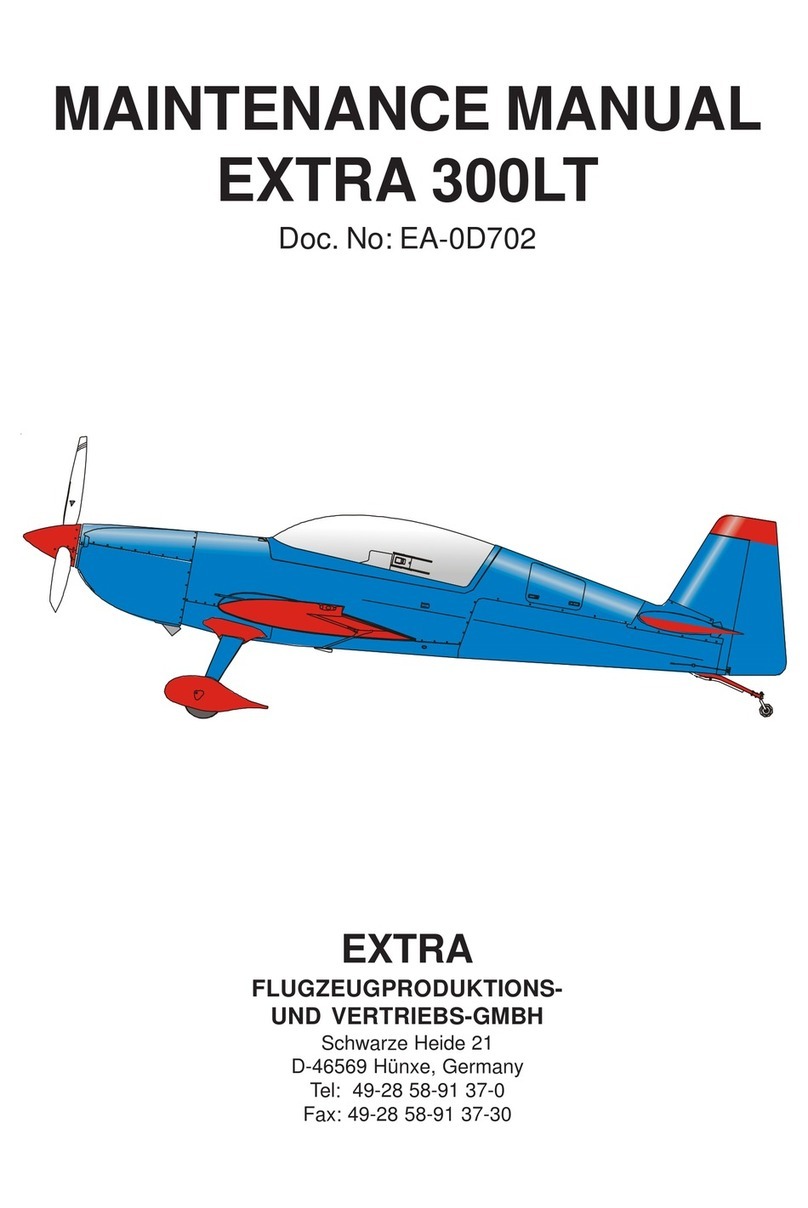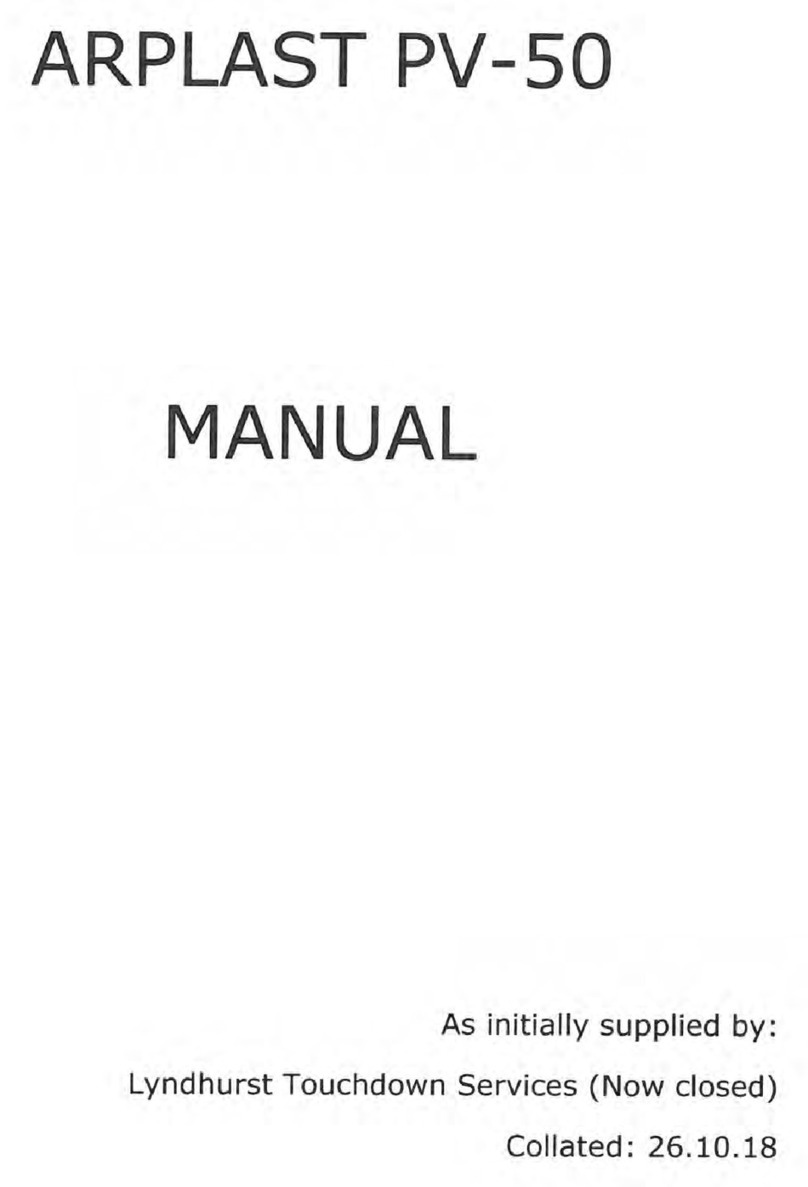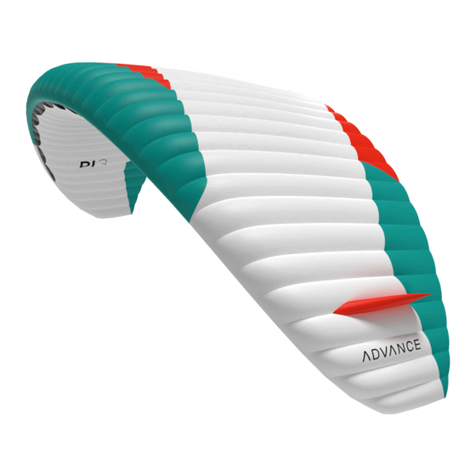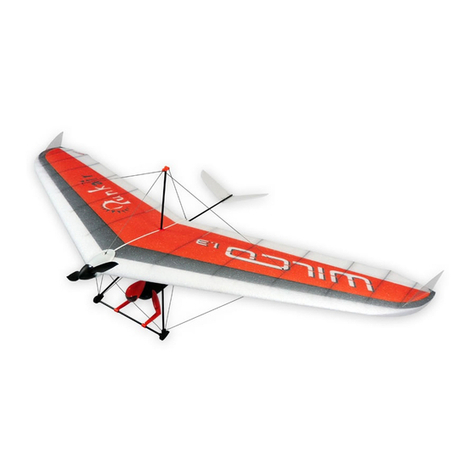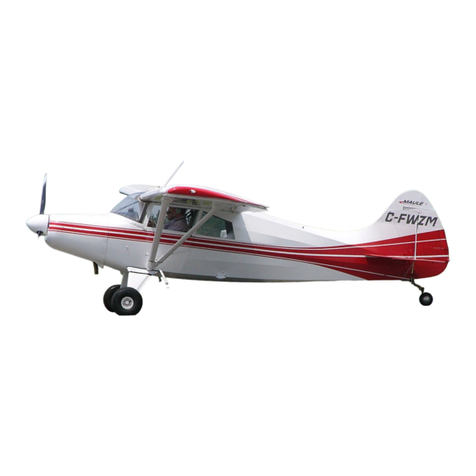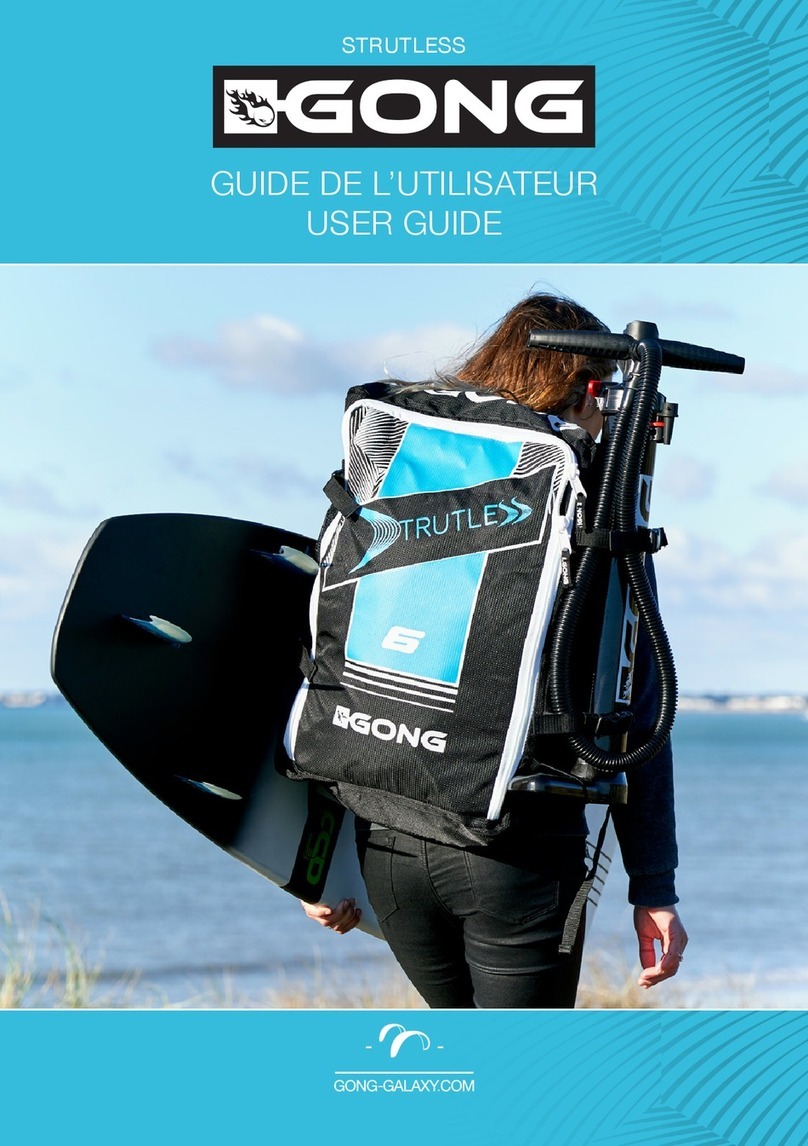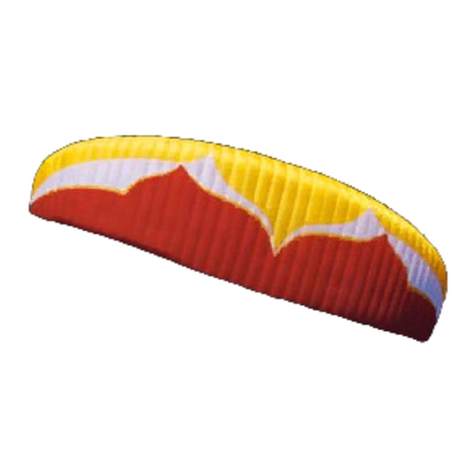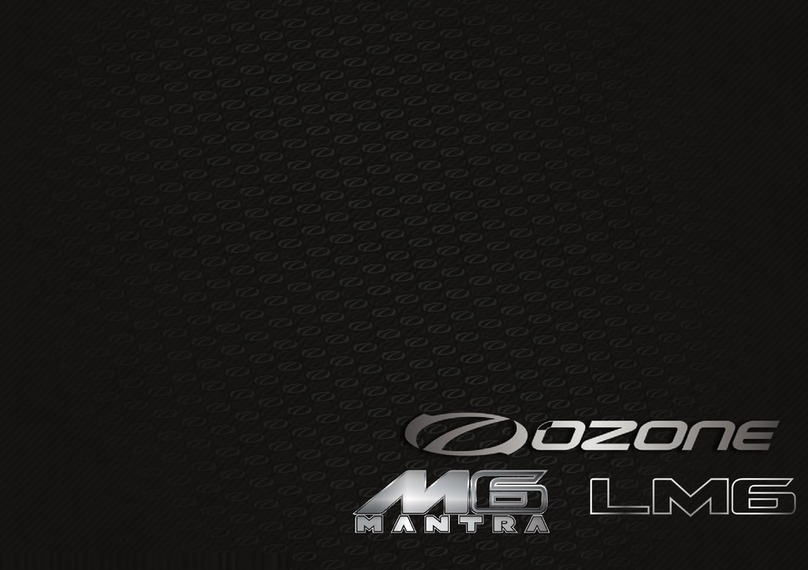Sol Axion 24 Manual

PILOT MANUAL
Axion

WELCOME TO THE FAMILY OF SOL PILOTS !
THE SOL AXION IS PRODUCED UNDER
LICENCE OF NOVA INTERNATIONAL.
We congratulate you on buying your new
SOL AXION
and wish you many enjoyable flying hours !
If you have any questions, doubts,suggestions
or constructive criticism regarding any SOL product please do
not hesitate to contact us.
We are happy to give help and advice.
SOL PARAGLIDERS
SOL SPORTS IND. E COM. LTDA.
RUA WALTER MARQUARDT, 1180
89259-700 JARAGUÁ DO SUL - SC
BRAZIL
NEW PHONE : + 55 47 370 7753
NEW FAX : + 55 47 370 7114
on the web: www.solsports.com.br
We are looking forward to hearing from you !

PLEASE READ THIS MANUAL CAREFULLY AND
NOTE THE FOLLOWING DETAILS
THIS PARAGLIDER MEETS AT THE TIME OF DELIVERY THE
REQUIREMENTS OF THE DHV GÜTESIEGEL ( GERMAN HANG /
PARAGLIDING ASSOCIATION'S CERTIFICATE OF
AIRWORTHINESS ) OR OF THE AFNOR ( SHV AND
AEROTESTS ).
ANY ALTERATIONS TO THE PARAGLIDER WILL RENDER ITS
CERTIFICATION INVALID !
THE USE OF THIS PARAGLIDER IS SOLELY AT THE USER'S
OWN RISK !
MANUFACTURER AND DISTRIBUTOR DO NOT ACCEPT ANY
LIABILITY.
PILOTS ARE RESPONSIBLE FOR THEIR OWN SAFETY AND
THEIR PARAGLIDER'S AIRWORTHINESS.
THE AUTHOR ASSUMES, THAT THE PILOT IS
IN POSSESSION OF A VALID PARAGLIDING
LICENCE !

TECHNICAL DATA
Type 22 24 26 28
Zoom factor 0.875 0.92 0.955 0.99
No. of cells 25 x 2 + 4
Projected wingspan m 9.31 9.78 10.17 10.54
- surface area m² 21.95 24.27 26.15 28.1
- aspect ratio 3.95 3.95 3.95 3.95
Overall wingspan m 11.45 12.03 12.49 12.95
- surface area m² 25.21 27.87 30.03 32.27
- aspect ratio 5.2 5.2 5.2 5.2
Line diameter mm 1.1 / 1.7 / 2.15
Line length m 6.87 7.22 7.50 7.77
Line consumption m 377 395 408 422
Max. profile depth m 2.67 2.805 2.915 3.02
Min. profile depth m 0.705 0.745 0.77 0.80
Weight kg 5.6 6 6.5 7
Legal takeoff weight*kg 65-85 75-95 85-105 100-130
Homologation (ACPUL) Strd. Strd. Perf. Perf.
*Pilot + approx. 17 kg of equipment
Line specifications are detailed in the line plans, they are measured under a 5
kg load.
The line lengths as specified in the line plans include the end loops.
The paragliders’ details are printed onto the wingtip.
Date and pilot of test flight will have to be written in space provided !

SOL AXION : Technical Description
The SOL AXION represents a perfect combination of performance and safety.
The AXION is a slim, elliptical wing with a slightly rearward swept plan form.
25 double cells ensure a smooth top surface, exact airfoil reproduction, and yet
most importantly, fewer suspension points. The AXION has greatly reduced the
number of lines used and thus the associated parasitic drag, which especially
at high speed, gives it an exceptional glide angle.
Six additional cells form a clean wing tip and stabilisers ensure stable straight
flight and coordinated turns.
The profile of the AXION was selected from a large range of outstanding
computer calculated, aerofoils. This aerofoil offers above all, excellent stability.
The AXION presents a closed leading edge to the airflow, while internal Dacron
reinforcements maintain its precise form. The cell openings of the AXION are
on the undersurface. Integrated, stretch resistant Dacron flares at the
suspension points ensure an equal distribution of load throughout the canopy.
Large cross port vents allow effective airflow inside the canopy, providing good
reinflation without affecting the profile of the canopy.
RIGGING SYSTEM
The lines of the SOL AXION are made of a strong and stretch resistant sheath-
core construction: the sheath consists of coloured polyester with a core of
white Polyethylene or brown Technora.
The rigging system comprises individual lines looped and stitched at each end.
The main lines and the main brake lines are 2.15 mm in diameter, the
cascaded middle lines 1.7 mm and the cascaded top lines, 1,1mm.
The suspension lines comprise of “cascaded top lines” (attach to the
undersurface), “cascaded middle lines” (cascade 2 top lines together), and
“main lines”.
Main lines cascade 2 to 4 middles lines together and lead to the "quick link"
(a Maillon Rapide that connects lines and risers). Also “stabiliser lines” connect
the upper stabiliser lines on the outer suspension points to a quick link.
The “control/brake lines“ are not suspension lines. They lead from the trailing
edge of the canopy to the “main control/brake line” running through the
“pulley” at the C-risers to the “control handle”.

A-lines, A -risers and control lines are coloured different for better distinction.
The line connections are triangular maillon rapides (quick links) fitted with heat
shrink preventing any slipping of the lines on the quick link.
The control lines are attached to suspension tabs, each of which is sewn to the
trailing edge.
The main control lines are attached to the control handles at their optimum
trimming point, which is also marked on the line. This adjustment, on the one
hand, allows sufficient brake to be applied during extreme flying situations and
landing, while on the other hand it ensures that the canopy is not permanently
braked. This trimming should not be altered.
SPEEDSYSTEM
The SOL AXION can be flown with a foot-operated speed system. However, the
Gütesiegel classification may change : check the certificate !
The AXION has 3 risers. All A-lines are attached to the A-riser, the B-lines and
the stabiliser together to the B-riser, the 3rd riser, “C”, leads to all the C-lines
and attaches the control lines.
The speed system affects the A- and the B-risers. In normal flight all risers
have an overall length of 53.5 cm.
When the speed bar is pushed down, the A- and the B-risers are shortened by
up to 16 cm and 12 cm respectively. C-risers retain their original length. An
incorrectly fitted speed system results in the loss of certification !
How is it fitted ?
Most modern harnesses have pulleys attached for speed system fitting. In case
not, it is important to attach pulleys (sewn on tabs) in such a way that allows
the pilot to maximise the power vector of his / her legs, without“pushing back”
in the harness.
The speed system cord is firmly attached (use bowline or other non-slip knot)
to the foot speed bar (webbing or alloy bar). The other end of the cord is run
through a pulley on the harness and then in an upward direction, to be firmly
attached to a small carabiner with very strong spring action (clip), or
preferably, a quick link with a screw gate.
NOTE: a quick link or clip with very strong spring action is highly
recommended, as, when doing a reverse start, the control lines may be
accidentally “clipped in” to a carabiner with weak spring action which will
obviously cause severe control problems. The length of the cord leading to the
speed bar should be such, that it is easy to put your feet into the speed bar in

flight, and yet short enough to allow the full speed range. (Use of 2 speed bars
in a ladder fashion can enable you to reach the full range if your legs are not
long enough.)
Ensure both cords on the speed bar are of equal length, to avoid putting a turn
in the glider. Test your speed system for the correct length of cord on the
ground first, with your harness and risers, before flying with it ! The full range
is reached, when the 2 pulleys join together.
How does it work ?
The speed system utilises a pulley mechanism which results in shortening the
risers as described above.
How to use it ?
Before launch, attach risers of paraglider to the harness with main carabiners.
Then attach clip or quick link on end of speed system cord, to the loop on the
end of the cord which runs through the 2 pulleys sewn on the A-risers. Ensure
that the speed system is untangled and runs freely for operation before flying.
To use the speed system, simply place your feet on the speed bar and push
forward in a horizontal plane. If a loss of back pressure of the speed bar on
your legs is noticed, this is a warning that the canopy is probably about to
collapse. Release the speed bar and thus speed system immediately. With this
„feeling“ you may actually prevent most tucks from happening while using the
speed system. If a tuck (collapse) does still happen, release speed system
immediately and correct collapse as described in section „Tucks“.

Be careful !
When using the speedsystem, the angle of attack is lowered, thus airspeed is
increasing, and the canopy is destabilising. Therefore do not use the
speedsystem in turbulent conditions, close to the ground or near other
airspace users !
DO NOT USE THE SPEEDSYSTEM IN ANY EXTREME MANOEUVRES! IF THE
CANOPY DOES COLLAPSE, RELEASE THE SPEED BAR IMMEDIATELY AND
CORRECT ANY TUCKS AS NORMAL !
DO NOT RELEASE THE CONTROL HANDLES !

HARNESS
Any harness with a hang point at about chest height may be used with a SOL
AXION.
Please note, the hang point position changes the position of the brakes relative
to the pilots body.
Caution !
Too tight cross straps can drastically effect the handling, and thus may not
actually contribute to higher safety. Have them tightened the correct amount.
FLIGHT
Preflight check
A thorough preflight check is essential for any aircraft, the SOL AXION is no
exception.
Having unpacked and laid out the paraglider in a horseshoe the following
checks must be made:
The paraglider should be arranged in such a way that the A-lines in the centre
section of the canopy will tension before the ones at the wing tips. This
ensures an easy and balanced launch.
All lines and risers should be untangled and arranged in a way that they do not
catch on anything. Special attention should be paid to the A-lines, which
should run free and untangled from the A-risers (red sleeve) to the canopy.
It is equally important to untangle the control lines so that they are clear and
cannot get caught during launch.
The control lines should run freely through the pulleys to the trailing edge of
the canopy. Make sure the risers are not twisted. It is important that no lines
are looped around the canopy. A so called “line-over” may have disastrous
consequences during takeoff.
Before every launch check lines, risers and canopy for damage! Do not launch
in case of even the smallest damage!

Launch
The SOL AXION is easy to launch.
When the pilot is ready to take off he / she holds the A-risers and the control
handles.
To facilitate differentiation between A-lines and control lines the A-lines
including the sleeves on the A -risers are coloured different, so are the control
lines and the control handles.
Hold your arms stretched back and down as an extension of the A-lines.
Before continuing, a last glance and check of the canopy is obligatory.
A good progressive run ensures your SOL AXION will inflate and come up
equally and quickly, a “surging forward” is unusual.
After the initial effort of inflation, keep applying forward pressure on the A-
risers (pushing them forward not pulling down) until the pressure on the A-
risers eases. The canopy should now be directly over he pilot’s head. The
paraglider should be braked gently to stabilise the glider and possibly corrected
for drift in order to keep it above the pilot’s head. Moving the pilots body to the
center of the glider is the best method of correction, if there is sufficient room.
The pilot looks up and checks that the canopy is fully inflated with no line
tangles.
Only then is the final decision to continue the launch taken !
When deflating the canopy in strong winds, if aborting a launch, use the C-
risers, not the brakes. Using the brakes in strong wind will cause more lift,
lifting the pilot up and dragging him/her much further back.
The SOL AXION is easy to reverse launch.
As this launch technique can be difficult and can result in the pilot taking off
with twisted risers, it is recommended to practice the reverse launch on a
training hill first.
Turns :
The SOL AXION is very responsive, it has exceptionally easy handling and
reacts instantly, to any steering input. Weight shift input quickens turns and
also results in wide and flat turns with minimal height loss.

A combined technique: weight shift and pulling on the appropriate control line
is the most efficient turning method for any situation, whereby the radius of
the turn is determined by the amount of inside brake pulled and weight shift.
Applying a little outside brake in turns, after the initiating the turn with
maximum weight shift, increases efficiency and also the outside wing’s
resistance to collapsing in turbulence (edge of thermals).
In case it is necessary to turn the SOL AXION in a confined area at slow speed,
it is recommended to steer the decelerated canopy by loosening the brake at
the outside of the turn while applying a little more brake on the inside of the
turn.
For the SOL AXION minimum sink and best glide is attained with no brake
pressure applied. In large areas of smooth lift, as little brake as possible
should be used for minimising sink rate. Note: apply brakes as normal if
turbulence is encountered.
WARNING :
Pulling one brake too hard or too fast can result in the canopy entering a
negative spin.
Spiral dive :
To enter a spiral dive with a SOL AXION the pilot must slowly apply more and
more brake on one side, to initiate an increasingly steeper turn which
eventually results in a spiral dive.
During a spiral dive the angle of bank can be controlled by increasing or
reducing the amount of inside brake. To exit, ease off inside brake slowly.
Watch for, and dampen any surging. Allow sufficient height in the unlikely case
that the glider continues 1or 2 turns.
Induce and recover slowly from a spiral dive !
Due to the rapid loss of height encountered during a spiral dive (more than 20
m/sec) sufficient altitude is essential for this manoeuvre!
Spiral dives can also create very high G-forces, placing high loads on the
glider’s structure and the pilot. Be careful not to overload it and yourself !
NEVER DO BIG EARS IN SPIRALS, AS THIS MAY DRASTICALLY REDUCE THE
NUMBER OF LINES TAKING THE ALREADY HIGH LOADS, POSSIBLY CAUSING
STRUCTURAL FAILURE.

Thermaling and soaring :
In turbulent conditions the canopy should be flown with a small amount of
brake applied. This improves stability by increasing the angle of attack of the
canopy. The canopy should not rock back or surge forward but should remain
above the pilot. Thus, the pilot should increase speed by letting the controls up
when entering a thermal (according to its strength) and should brake the
canopy on exiting. This is part of basic active flying.
When soaring a minimum height of 50 m above ground level is recom-mended
for safety reasons. It is important to comply with the rules of the air, especially
when many pilots share airspace close to a hill where last minute avoidance
manoeuvres are often not possible.
With an active flight style, many potential collapses of the canopy can be
avoided.
Flying with speed system :
When flying into head wind or through sink, for best glide angle, it is advisable
to increase speed by applying speed system as long as conditions are not too
turbulent. The angle of attack is lowered with the increase in speed and the
canopy may tuck easier than in normal flight. Tucks and stalls are more
dynamic the faster the canopy is flown. See “Be careful” under main section
“Speed system”.
Landing :
The SOL AXION is easy to land. The final leg of the landing approach must
be into wind. During this final glide the paraglider should be decelerated slowly
and at approximately 1 meter above the ground the pilot should “flare” the
canopy, according to conditions. The glider may climb again, gaining height, if
too much brake is used.
Strong wind landings require hardly any brake, if any at all ! Use C-risers to
deflate the canopy after landing. Using the brakes will result in pilot being
lifted and dragged backwards.
The final glide during the landing approach should be straight and not marked
by steep or alternating turns as these can result in a dangerous pendulum
effect near the ground.

Winching :
The SOL AXION has no special winching characteristics, although a relatively
low angle of attack and thus low tow tension, should be main-tained during
launch.
Motored Flight / Aerobatics :
The SOL AXION is neither designed to be used for motorised flight nor for
aerobatics.
EXTREME FLYING MANOEUVRES
EXTREME FLYING MANOEUVRES SHOULD ONLY BE CARRIED OUT DURING
SAFETY TRAINING COURSE (INSTABILITY TRAINING) UNDER PROPER
INSTRUCTION !
Tuck :
A negative angle of attack will cause the SOL AXION, like any other glider, to
tuck.
If one wing tucks, straight flight is maintained by “correcting for direction”,
braking gently on the inflated side.
The pilot’s “correction for direction” can be aided by a “pumping out of the
deflation”, a slow, long pumping action on the brake of the deflated side of the
wing helps the canopy to re-inflate.
In case of a big tuck this braking should be very gentle to avoid the remaining
inflated canopy from stalling. Weight shifting away from this collapsed side also
helps, allowing less brake to be used and thus a greater margin of safety from
the stall point.
If the pilot does not correct for direction, the canopy usually self-recovers, in
smooth air, in less than 1 complete turn. In case the canopy does not recover
by itself, the appropriate amount of brake must be applied to correct for
direction and exit the turn otherwise the glider will enter a spiral dive.
If this spiral dive is entered, it should be exited by slowly and gently applying
the outside brake until the canopy starts to retain a level bank angle. Just at
this phase, when the pilot pendulums under and in front of the canopy, it is
vital that the brakes are applied very gently, feeling the pressure and not
applying too much. In fact, often it is necessary to partially release the brakes.

When the glider is flying straight and level again, “pump out” the collapsed
side.
IF THE ABOVE SPIRAL IS NOT ACTIVELY EXITED FROM BY THE PILOT, IT WILL
CONTINUE UNTIL IMPACT !
Fullstall :
To induce a full stall, apply full brake on both sides and hold the brakes in that
position with all your strength.
The SOL AXION generally flies backwards during a full stall and forms a front
rosette.
The canopy must be stabilised (flying directly overhead) before letting out the
full stall. If the canopy is not stabilised and the full stall is let out too early
when the canopy still sitting back, it will surge forward a long way. To recover
from a full stall both brakes must be let up symmetrically at a moderate speed
(1 second).
The SOL AXION surges forward a little bit after recovering from a full stall
whereby a tuck may occur.
An “asymmetric” recovery (one control released faster than the other) from a
full stall is only used by test pilots to simulate a paraglider falling out of a
thermal and must not be practised by pilots.
An asymmetric recovery from a full stall may result in a big, dynamic, tuck.
The danger of overcorrecting and overreacting exists during all extreme
flight manoeuvres: Thus, any corrective action must be gentle and steady and
done with feel !
Spin :
A spin is induced when the pilot in full speed (DHV test) or in very slow flight
(AFNOR) pulls one brake line all the way down very hard and very quickly.
During a spin the canopy turns relatively fast around the centre section of the
canopy while the inner wing flies backwards.
To recover from a unintentional spin, the pulled down brake / control line
should be immediately eased off as soon as the situation is noticed, so that the

canopy may accelerate and return to its normal straight and stable flying
position, without losing too much height.
For recovery from an intentional spin, also release pulled down control line.
Watch for and dampen any surging.
In case the spin is allowed to develop for some time, the SOL AXION surges
forward on one side and a big and dynamic asymmetric tuck can occur. If so
brake gently to stop canopy surging, correcting tuck : see “tucks “.
Wingover :
To induce a wingover the pilot flies consecutive alternating turns to gradually
steepen the angle of bank. Too steep an angle of attack will result in a
collapse, which may be quite dynamic.
Warning:
A turn with more than a 60 degree angle of bank is illegal aerobatics !
Front stall :
If the pilot pulls both A-risers a front stall is induced: the entire leading edge
tucks and the canopy generally forms a frontal horseshoe.
THE SINK RATE FROM THIS MANOEUVRE CAN BE VERY HIGH. ENSURE YOU
HAVE ENOUGH HEIGHT.
THE AXION USUALLY SELF RECOVERS FROM A FRONTAL STALL AFTER
RELEASING THE A-RISERS. TO HELP THE RECOVERY, BOTH BRAKES SHOULD
BE MODERATELY APPLIED.
Line over :
If for any reason, lines are tangled or looped around the canopy during flight,
the following action should be taken:
Maintain straight flight by gently and feel fully correcting for direction!
Check the situation carefully and once the line(s) looped around the canopy,
is/are identified pull it/them gently to untangle.
Pumping of the brakes in a line over doesn’t always work.

If a very large unrecoverable collapse and line over occurs, it may be possible,
to clear the problem by entry and safe recovery from a full stall. This should
only be carried out if sufficient altitude is available. If insufficient height is
available (300m/1000ft), or if in any doubt, the pilot should strongly consider
reserve deployment.
Deep stall :
The SOL AXION generally does not remain in deep stall, and is self recovering,
when releasing any brake or rear riser input used to enter it . In case the
recovery from a B-stall was not dynamic enough and the canopy remains in a
deep stall, it is sufficient to gently pull down both A- risers to reduce the angle
of attack and re-attach airflow to the canopy.
Emergency steering :
In case it is impossible to control the SOL AXION with the control lines the
outer C-lines, C-risers or the stabiliser lines may be used to steer and land the
canopy.
RAPID DESCENTS
Spiral dive :
Spiral dives as explained previously have a rapid descent rate, however, the
very high G-forces make it difficult to sustain a spiral dive for long and it can
place high loads on the pilot and glider. Never do these in turbulence or at too
high bank angles.
If done in strong winds the pilot may drift off course.
NEVER DO BIG EARS IN A SPIRAL !
DHV-tests have proven that loads can be developed higher than those used in
certification tests, which could result in structural failure of the glider, as less
lines are taking these high loads.
Big ears :
The outer cells of the wing tips may be deflated by pulling down one to two of
the outer A-lines simultaneously by approximately 50 cm.

NOTE : If two lines are pulled, only one A-line is remaining.
Keep hold of the control handles together with the A-lines.
The canopy remains completely controlable through one sided braking or
weight shift. It maintains straight flight but with an increased sink rate (up to
approx. 5 m/sec).
On releasing the A-lines the canopy usually reinflates by itself after a few
turns, or can be aided by a long pump on the brakes and holding them until
tips clear.
B - line - stall :
To induce a B-line-stall pull both B-risers simultaneously by 50 - 60 cm. The
airflow over the top surface is detached and the canopy enters a parachutal-
stall without moving forward.
Further pulling of the B-risers reduces the surface area and increases the sink
rate (to approx. 10 m/sec).
On quickly releasing the B-lines the airflow over the top surface becomes re-
attached and the canopy surges forward to return to normal flight. If canopy
does not recover see section „Deep Stall“.
If B-risers are pulled too quickly or too far, the canopy can form a frontal
horseshoe. To recover from this, apply both brakes gently to recover.
ALL RAPID DESCENT TECHNIQUES SHOULD BE PRACTISED IN SMOOTH AIR
AND WITH SUFFICIENT HEIGHT SO THAT THEY CAN BE EMPLOYED WHEN
NECESSARY IN EXTREME FLYING CONDITIONS ! FULL STALLS AND SPINS ARE
TO BE AVOIDED AS WRONG RECOVERY PROCEDURES, IRRESPECTIVE OF THE
TYPE OF PARAGLIDER, MAY HAVE DANGEROUS CONSEQUENCES !
BY FAR THE BEST TECHNIQUE IS TO FLY CORRECTLY AND SAFELY,
SO YOU NEVER HAVE TO DESCEND RAPIDLY !

LOOKING AFTER YOUR PARAGLIDER
Looking after your canopy correctly will prolong the life of your SOL AXION.
Storage :
Store the paraglider in a dry space away from chemicals and UV light. Never
pack up or store the glider wet. This shortens the life of the cloth. Always dry
glider thoroughly before any packing or storage.
Cleaning :
Clean the paraglider with water and a soft sponge. Do not use any chemicals
or spirits for cleaning, as these can permanently damage the cloth. Stubborn
stains or animal droppings should be immediately removed with methylated
spirits, rinsed with water and then thoroughly dried.
Repair :
Repairs should only be carried out by the manufacturer, distributor or
authorised workshops.
Deterioration : a few tips !
The SOL AXION is mainly made of NYLON, cloth which, like any synthetic
material, deteriorates through excessive exposure to UV. Hence, it is
recommended to reduce UV exposure to a minimum by keeping the paraglider
packed away when not in use. Even when packed in the bag do not leave in
the sun.
The lines of the SOL AXION are made of an inner core of Polyethylene or
Technora and an outer sheath of polyester. Any over stretching of lines apart
from the strain imposed during , should be avoided as over stretching is
irreversible. Ensure that the lines are not folded tightly.
Keep the canopy and lines clean as dirt may penetrate into the fibre and
shorten the lines or damage the cloth.
Be careful, not to allow snow, sand or stones to enter inside the canopy’s cells
: the weight can brake, or even stall the glider, as well as the sharp edges can
destroy the cloth !
Prevent lines from catching on anything as they may be over stretched. Do not
step onto the lines.

Uncontrolled strong wind take offs or landings can result in the leading edge of
the canopy hitting the ground at high speed which may cause rips in the profile
and damage the material.
The control line can chafe if badly tangled.
Check line length after tree or water landings. They can stretch or shrink lines.
Clean the paraglider with fresh water after contact with salt water. Salt water
crystal can weaken line strength, even after rinsing in fresh water.
Replace lines immediately after contact with salt water.
Also check canopy material after water landings, as waves can place uneven
forces and cause cloth to distort in specific areas.
Always remove gliders from the water by holding only the trailing edge.
Do not always fold the canopy symmetrically to the centre cell as this can
cause constant stress on the centre cell (centre cell always to the outside).
A line plan is enclosed in this operators manual or may be requested from the
manufacturer or distributor.
An annual inspection of the SOL AXION should be carried out by the
manufacturer or distributor.
The DHV requires a two yearly maintenance check.

IN CONCLUSION
The SOL AXION is at the forefront of modern paraglider design.
You will enjoy many safe years of flying with your SOL AXION if you look after
it correctly and adopt a mature and responsible approach to the demands and
dangers flying can pose.
It must be clearly understood that all air sports are potentially dangerous and
that your safety is ultimately dependent upon you.
We strongly urge you to fly safely. This includes your choice of flying
conditions as well as safety margins during flying manoeuvres.
We recommend once more that you only fly with reserve chute and helmet.
This manual suits for next models
4
Table of contents
Other Sol Aircraft manuals
